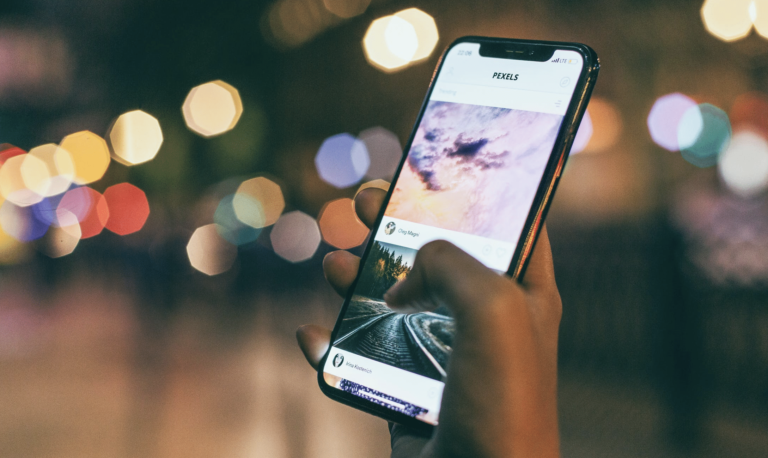Nothing is as frustrating as not being able to use your phone when you badly want to. iPhones tend to lose their functionality in extremely warm or cold places. That is because the phones have a specific operating temperature, which is between 32° and 95° Fahrenheit. When the temperatures are too high or too low say between -4° to 113° F your iPhone will be non-operational. If you get the warning message to cool down or warm your iPhone, here are ways you can resolve that.
Table of Contents
Operating, Non-Operating and Dangerous Temperatures

iPhones like we have earlier said operate between 32° and 95° F. The non-operating temperature range from -4° and 31° F on the lower end and the upper limit begin from 96° to 113° F. This temperature can severely damage your device because when the rechargeable lithium-ion battery is exposed to such temperatures, its properties are altered leading to permanent damage of your phone. When you get this warning what you need to do is safely store your phone and avoid using it completely on that environment.
High-Temperature Warnings

Overheating occurs when you expose your iPhone directly to the sun because its fabric attracts and stores heat. Also, it can happen when you overload or multitask your phone. Overheating can also occur when you restore from a backup or when you set up your device for the first time. Sometimes charging your phone may cause it to overheat. But if it has not displayed the warning message, don’t worry about that. When you see this alert, you should take a cool down break. The first thing to do is to turn off your device. Then use a cooling device like a refrigerator. Avoid placing your device on top of anything that might get it wet like a watermelon.
Low-Temperature Warnings

It pops up when you operate your iPhone on temperatures below 32° F for quite a long time. To remedy this, you need to warm up your phone first before you can use it again. And you should do that gradually until it achieves recovery. How much time the warming takes depends on how long it was exposed to the low temperatures. Also, some people tend to use their phones because doing so will warm it up. But when that happens all of a sudden, before the device recovers from its exposure to freezing temperatures, it can lead to lousy condensation which can damage your phone.
What Saves your and your iPhone
Luckily, iPhones have the emergency call functions which display temperature alert. Therefore it should not be hard to figure out whether your phone’s temperature needs to be regulated. When your phone operates in the non-operational temperature for a while, it may shut down. So all you need to do is take to the right temperature and wait for some minutes then turn it back on. No matter what version of iPhone you are using, the above solutions should help regulate the temperatures back to normal. But if your device remains warm or cold after trying out different ways to fix it, you should take it to the Apple store for a checkup.

